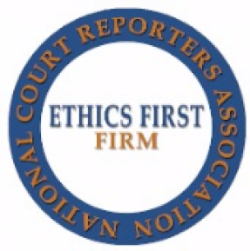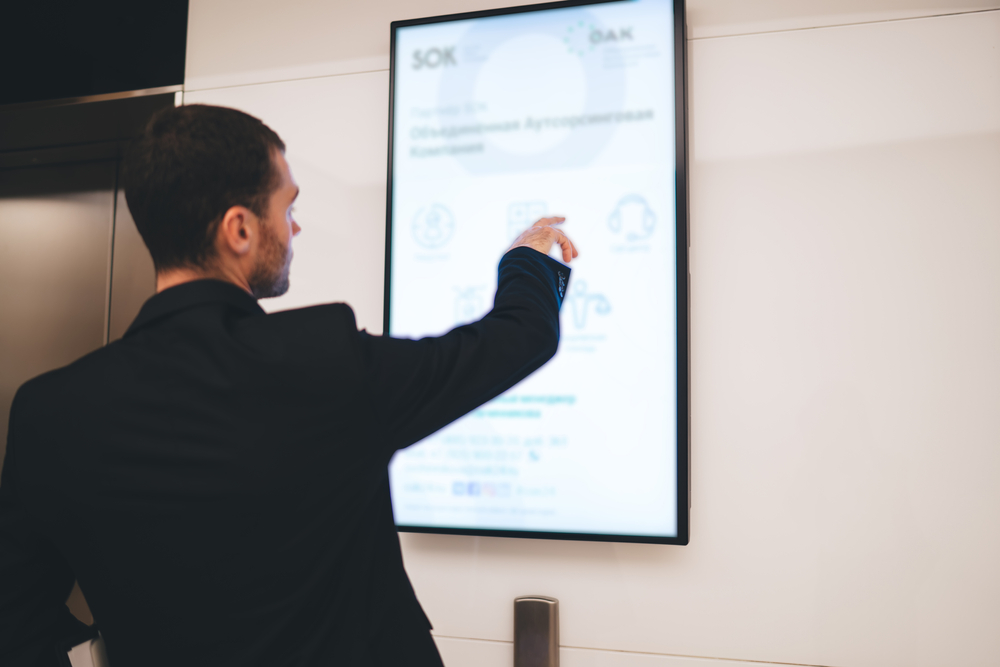Just How Test Presentations Enhance Your Debate and Encourage Jurors
Test discussions function as an essential system for boosting lawful debates and encouraging jurors. By incorporating aesthetic aids, narrative structures, and emotional engagement, lawyers can develop an engaging situation that resonates on several levels. The strategic use visuals not just makes clear complicated info but also records jurors' focus a lot more successfully than words alone. Nonetheless, the art of narration plays a similarly vital role in transforming valid proof into an engaging story, shaping jurors' perceptions - trial presentations. Comprehending these elements can significantly impact test results, raising the inquiry of exactly how each component adds to this complex dynamic.

Significance of Visual Help
Visual help play a critical duty in improving the effectiveness of test discussions, as they can dramatically boost audience involvement and retention of info. In the context of a trial, where jurors are entrusted with processing complex info, visual help serve to streamline and make clear crucial points. Graphes, graphs, and photos can communicate data and ideas that may or else overwhelm or perplex jurors, enabling a more simple understanding of the proof presented.
In addition, visual aids assist in keeping juror focus throughout the procedures. By breaking the dullness of spoken testament, these devices can punctuate essential disagreements, making them extra unforgettable. Reliable visual aids can additionally evoke emotional actions, which can be critical in encouraging jurors to align with the presenter's story.

Crafting Compelling Narratives
An engaging narrative is necessary in test presentations, as it functions as the foundation of effective persuasion. It enables lawyers to weave together truths, proof, and emotional aspects right into a meaningful tale that reverberates with jurors. This narrative framework makes it possible for jurors to recognize the intricacies of the case while guiding them through the attorney's argument.
To craft an engaging story, lawyers need to concentrate on quality and coherence. Additionally, the use of vibrant descriptions can create mental images that help jurors imagine the events, making the narrative much more unforgettable.
Additionally, integrating essential styles throughout the presentation reinforces the core message and aids in retention - trial presentations. The narrative ought to not only communicate details however likewise evoke a sense of justice, highlighting the risks involved. Eventually, a well-constructed story cultivates a link between the jurors and the case, placing the attorney's argument as both credible and engaging, consequently enhancing the possibility of a favorable judgment

Involving the Jury Psychologically
Reliable jury interaction hinges on the attorney's capacity to connect with jurors on a psychological degree. This connection can significantly affect jurors' perceptions and their utmost decision-making.
Aesthetic aids, such as photos or video clips, can additionally boost emotional interaction, giving jurors with vibrant depictions of the case's human elements. Crafting a story that highlights the battles and triumphs of the individuals entailed makes sure that jurors see past the legal disagreements and visit here identify the human effects of their decisions.
Additionally, tone and body movement play a critical role in communicating feeling. An attorney's passionate delivery can resonate with jurors, strengthening their psychological financial investment in case. It's crucial to stabilize psychological appeals with factual evidence, guaranteeing that jurors feel forced to act while staying based in the reality. Eventually, a psychologically involved jury is more probable to be persuaded, making emotional connection a crucial part of reliable test presentations.
Structuring Your Presentation

The body of the presentation ought to be logically fractional into bottom lines, each sustained by engaging evidence. It is advantageous to make use of storytelling techniques to weave truths into a story that jurors can quickly follow. Aesthetic aids, such as graphes and videos, can boost comprehension and involvement, assisting to highlight vital pieces of proof.
Real-World Case Researches
Analyzing real-world instance studies offers important understandings right into the art of trial discussions and persuasion. The important link protection team efficiently used a strategy that integrated top-level expert testimonies with multimedia presentations, which astounded jurors and inevitably affected their decision.
One more significant instance is the "McDonald's Coffee Instance," where the complainant's attorneys utilized graphic images of the injuries endured by Stella Liebeck. trial presentations. This plain aesthetic proof played a critical duty in conveying the seriousness of her burns, resulting in a considerable court award. Such situations demonstrate that impactful trial presentations typically depend upon the efficient combination of visuals and narration to evoke emotional reactions from jurors
Furthermore, the "Casey Anthony Trial" highlighted the importance of narrative coherence and integrity. The prosecution's failing to develop an engaging timeline reduced their convincing power, highlighting the requirement of a well-structured presentation. Evaluating these original site cases reveals that effective test discussions need calculated planning, emotional engagement, and the capacity to reverberate with jurors' worths and beliefs.
Conclusion
Trial discussions significantly boost debates and convince jurors with the calculated use visual help, engaging stories, and emotional involvement. By simplifying complicated details and fostering links with the audience, these components produce an unforgettable and impactful experience. A well-structured presentation equilibriums emotional appeals with valid evidence, inevitably reverberating with jurors' worths. The combination of these methods not just affects decision-making however additionally emphasizes the significance of effective interaction in the courtroom.